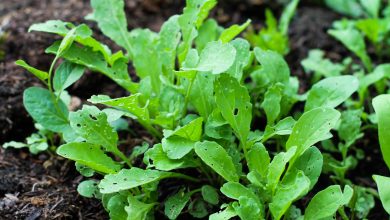Kiri: [Cultivation, Irrigation, Care, Pests and Diseases]

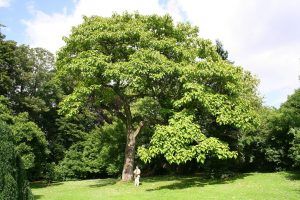 The kiri tree is one of the most imposing that we can find because it reaches up to 20 meters in height.It also stands out for generating a bloom that occupies the range of colors between pink and purple.
The kiri tree is one of the most imposing that we can find because it reaches up to 20 meters in height.It also stands out for generating a bloom that occupies the range of colors between pink and purple.
It is a deciduous tree, native to Asian countries and has adapted very well to planting in Europe.
Having it in a nearby place could mean a real pleasure and that is why today we share everything you need to know to enjoy it. Ahead.
Important points when planting a kiri
- When? In spring or summer.
- Where? Outside , in full sunlight, in an open space.
- How do we prepare the land? Ensuring that the soil is loose and best if it has some level of nutrients.
- How should we water? Moderately depending on the stage of growth in which the tree is.
- How often do you have to water? 3 times a week taking into account the level of dryness of the land.
- What care do you need? Prune for good structure, winter protection for the first year.
- What pests and diseases does it have? Beetles, aphids, grasshoppers.
When to plant a kiri?
In spring or summer.If it is sown in spring, it must be ensured that the risk of late frosts has passed, since it can fall into stunning if it is subjected to very cold.
Where to plant a kiri?
The kiri is a very imposing tree that needs enough space to develop its entire structure. Logically it is necessary to establish it outside, in full sunlight.
Care must be taken that the land offers enough space for the roots to reach a good depth and that it is away from other species. The height must also be taken into account, since with 20 meters it can collide with constructions.
How to prepare the land?
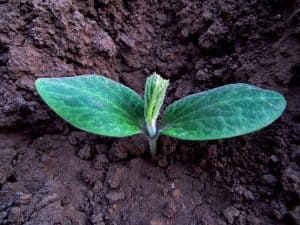 The kiri is very easy to establish on any type of terrain because it adapts well.The only thing we must take into account is that the soil is loose to make it easier for the roots to move freely.
The kiri is very easy to establish on any type of terrain because it adapts well.The only thing we must take into account is that the soil is loose to make it easier for the roots to move freely.
Ideally, it should have some content of organic matter, but if it is poor, planting the kiri will help to greatly improve its characteristics.
How do we water the kiri?
The irrigations should be established in a moderate way to help keep the soil moist but without flooding. Depending on the stage of the tree, the amount of water added must be measured.
How often do we water the kiri?
Irrigation can be established 3 times a week depending on the state of dryness that we see in the soil.
How to sow a kiri step by step?
The kiri tree can be planted through 3 methods namely: by roots, by seeds or by cuttings.
sowing by roots
One of the peculiarities of the kiri is to have the possibility of growing again from an existing root.That is, after the tree is cut down and the base is left, a new specimen can develop.So, if a root is available, the following procedure will have to be followed:
- Take a part of the root of the selected kiri tree and plant it in the new location.
- Water to help the roots settle into the new spot, and keep an eye on the space to make sure any changes that indicate growth are taking place.
sowing by seed
Kiri seeds are very efficient to germinate and that is why they represent an ideal option, since it gives the possibility to choose the type of tree.
- Prepare a seedbed with moistened universal substrate and place the seeds without burying them too much.
- Locate the seedbed in a space where it is capable of receiving daily sunlight and also manages a good level of ventilation and humidity.
- Wait a maximum of 25 days to notice the first buds , but let it develop a little more before transplanting.
- Choose a large pot and fill it with a light and nourishing substrate.
- Carry out the transplant of the shoot when it already has a height of about 5 centimeters.
- Keep the seedling in the pot for the first year of life . The following spring it needs to be moved to the final location.
- Choose the space outside where you will establish the plant permanently and carry out the transplant. You have to offer a good space from the first moment so that the roots begin to deepen.
Planting by cuttings
To advance with this method it will be necessary to have a nearby tree from which to extract a stem.You will have to plant this stem in a pot and give it the same care as for the seedlings explained in sowing by seeds .
What care does the kiri need?
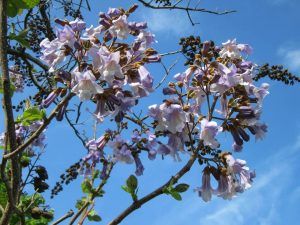 Pruning is one of the main cares we must take with the kiri to help it grow evenly.
Pruning is one of the main cares we must take with the kiri to help it grow evenly.
This process will begin in the first years, removing all the stems that become messy.It is also a good practice to remove those parts that are withered or in poor condition.
The second most important care has to do with shelter from the first winter, since the seedling will be very delicate to withstand so much cold.That is why it is recommended that this stage be covered in a pot and thus kept indoors until spring arrives.
What pests and diseases affect the kiri?
 The kiri plant is truly resistant to all kinds of pests and diseases.In general, some types of insects tend to find a pleasant place to live in their structure, but they do not cause enough damage to be classified as pests.
The kiri plant is truly resistant to all kinds of pests and diseases.In general, some types of insects tend to find a pleasant place to live in their structure, but they do not cause enough damage to be classified as pests.
The most frequent insects are grasshoppers, beetles and locusts, which use the leaves as a food source.In environments with a high humidity load and high temperatures, some type of anthracnose could be generated.
However, the plant is capable of resisting its damage and giving us adequate time to combat it.The kiri tree is primarily ornamental. Its wood has fulfilled some functions in certain societies due to the properties it possesses.
In some places it can be called Paulownia or princess tree because of the beauty and impact it offers when it is with its flowers.
How long does a kiri live?
The average lifespan is between 200 and 250 years. It all depends a lot on the space in which it is planted and the care that is offered to it.
How long does it take to grow a kiri?
It is a tree that grows very quickly and can become an adult specimen in just 8 years, but with a good presence from a year and a half.
How long does it take to produce fruit?
It is capable of generating its first fruits between 2 and 4 years of life.
Can it be grown in a pot?
It is possible to keep it in a pot during the first months after the seed germinates.
However, it is a species that will greatly appreciate planting in the garden.
How many times does a kiri produce fruit?
Production is annual with a single cycle in the season.
Should a kiri be pollinated to obtain fruit?
The wonderful characteristics of its flowers make it especially attractive to pollinating bees.
How cold can a kiri tolerate?
It is very resistant to the cold seasons of the year, being able to stay healthy even if the thermometer drops to -20° C.
How many kiris can be planted per hectare?
Planting kiris in one hectare of land can cover from 2,000 to 2,500 specimens depending on the desired density.
What kind of fertilizer does a kiri need?
The best alternative in terms of fertilizers is to use an NPK composition with a predominance of nitrogen.
How much heat and/or drought can a kiri tolerate?
It is capable of developing in areas that reach an average temperature of 40 ° C in summer.
It can resist droughts in optimal growing conditions, but if the temperature rises a lot, it is better to support it with irrigation.

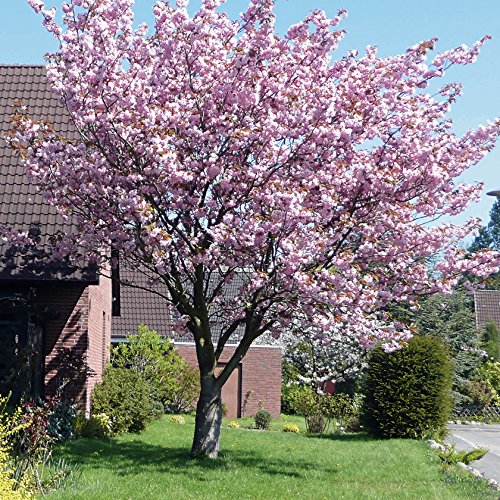
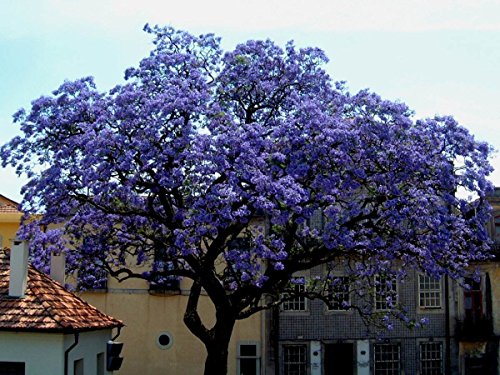
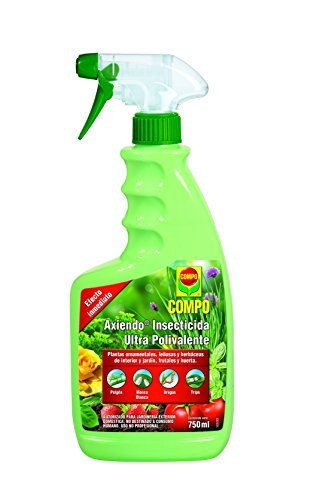
![Photo of Fruit Vegetables: [Planting, Care and Types]](https://www.complete-gardening.com/wp-content/uploads/2022/08/fruit-vegetables-planting-care-and-types-390x220.jpg)
![Photo of Tree of Love: [Cultivation, Irrigation, Care, Pests and Diseases]](https://www.complete-gardening.com/wp-content/uploads/2022/08/tree-of-love-cultivation-irrigation-care-pests-and-diseases-390x220.jpg)

